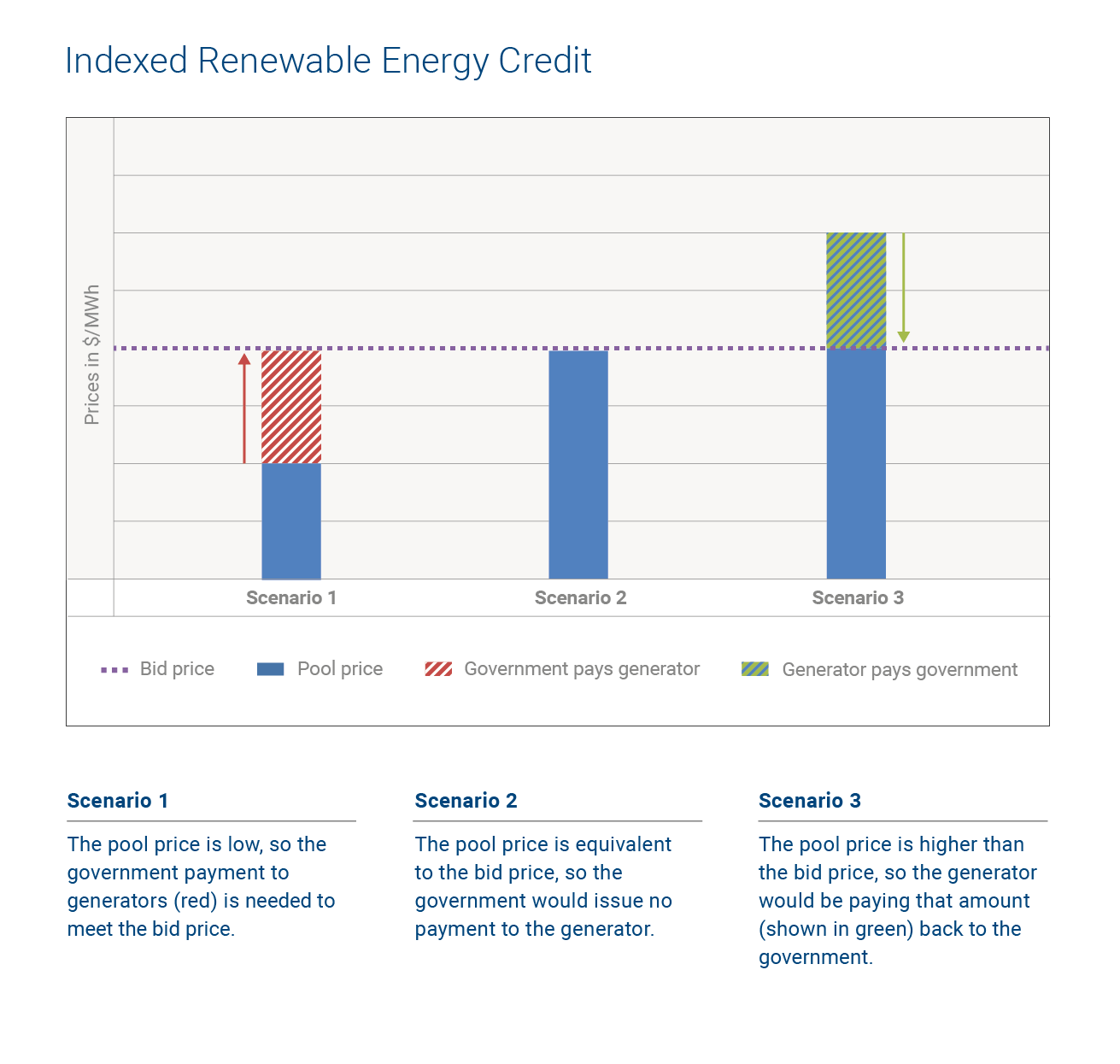About the program
No other REP Rounds to proceed
On June 10, 2019 the Government of Alberta advised the AESO that they will not be continuing with the Renewable Electricity Program (REP) and thus do not intend to proceed with additional competition rounds. The government provided direction moving forward that the AESO should continue to oversee the projects and contracts awarded under previous REP rounds.
We will continue to work closely with the Government of Alberta on a competitive framework that provides affordable, reliable electricity for Albertans.
Background
In January 2016 the Government of Alberta directed the AESO to develop and implement a program to bring on new renewable generation capacity. Through the Renewable Electricity Program (REP), 30 per cent of generation in Alberta will come from renewable sources by 2030.
The AESO provided recommendations regarding the REP to the Government of Alberta in May 2016. Recommendations were based on research and engagement activities between January and April 2016, including a third-party review of renewable procurement programs in other jurisdictions.
- To view the REP Recommendations please click here.
Following the success of REP Round 1 in 2017, the Government of Alberta directed the AESO to open REP Rounds 2 and 3 with separate Requests for Expressions of Interest.
About the competitive process
Each competition for the REP may include up to three stages and is anticipated to run for approximately 7-11 months. The stages include a Request for Expressions of Interest (REOI), a Request for Qualifications (RFQ) and a Request for Proposals (RFP). All stages of the process will be overseen by a Fairness Advisor, an objective third-party observer engaged to monitor and report on how the process has been conducted from a fairness perspective.
-
REOI
Purpose
- Attracts and gauges the level of interest
- Assists potential bidders in determining whether to participate in the competition
Length
4 - 6 weeks
Other highlights
No obligation on interested parties to participate in the next stage, the RFQ
-
RFQ
Purpose
- Informs RFQ bidders of eligibility requirements
- Qualifies bidders to provide a bid price during the RFP stage
Length
4 – 6 months
Other highlights
- Bidders submit their qualifications including project proposals and descriptions of the composition of their project teams
- Bidders pay a non-refundable qualification fee
- In the RFQ submissions, bidders must demonstrate qualifications in the following three categories:
- Project eligibility
- Financial strength and capacity
- Development, Construction and Operations Capability
- The AESO determines the qualified bidders to advance to the RFP stage – only qualified bidders will proceed to the RFP stage
-
RFP
Purpose
Determines the bidders who will be entitled to receive support payments in exchange for renewable attributes generated in relation to the project
Length
2 - 3 months
Other highlights
- Only qualified RFQ bidders may participate in the RFP stage
- Each bidder provides a refundable bid security
- Bidders may be required to demonstrate further qualifications
- Bidders submit a final binding offer for support (i.e., bid price)
- Successful bidders are provided the opportunity to enter into a Renewable Electricity Support Agreement (RESA)
About an Indexed REC
The first three competitions utilized an Indexed Renewable Energy Credit (REC) or “Contract for Difference.” This payment mechanism was a key contributor to the success of REP Rounds 1, 2 and 3.
A REC is a way of paying renewable generators who win contracts through REP for the attributes they produce. A winning bidder is paid a $/MWh payment as follows:
- The winning bidder bids a price that is, in essence, its lowest acceptable cost for the renewable project the bidder plans to advance. The competition puts downward pressure on the cost of renewable projects.
- The dollar value of support paid to the winning bidder for renewable attributes produced is calculated by subtracting the pool price from the bid price.
- It allows companies to competitively bid for the all-in price they need to develop a project. From the all-in price we subtract the pool price and the difference is how much is paid in support.
Additional resources
Government of Alberta direction
- REP discontinued direction letter, dated June 10, 2019
- REP Round 4 direction letter, dated Feb. 13, 2019
- REP evaluation direction letter, dated Oct. 5, 2018
- REP Rounds 2 and 3 direction letter, dated Feb. 2, 2018
- REP program development direction letter, dated Jan. 26, 2016


